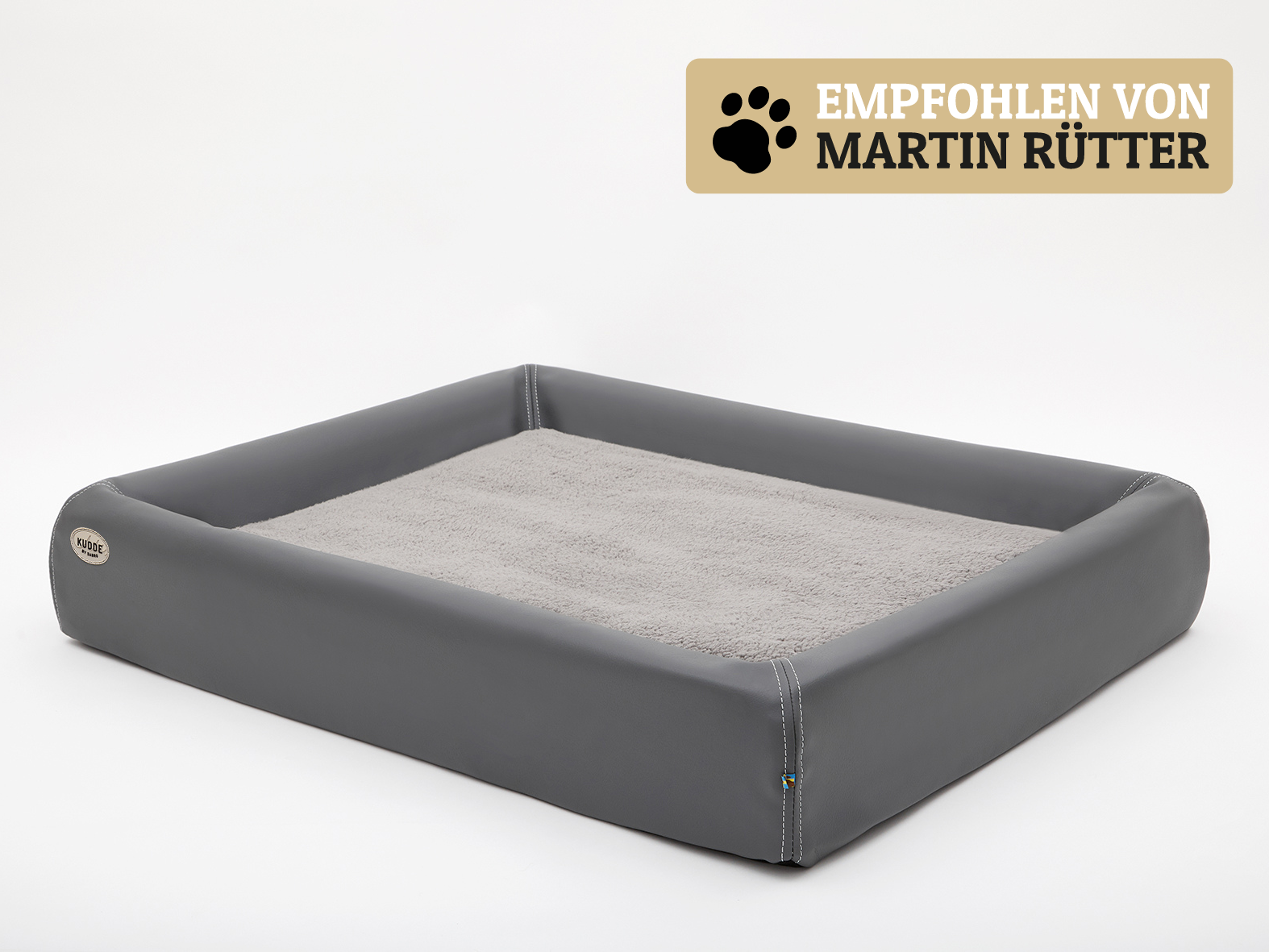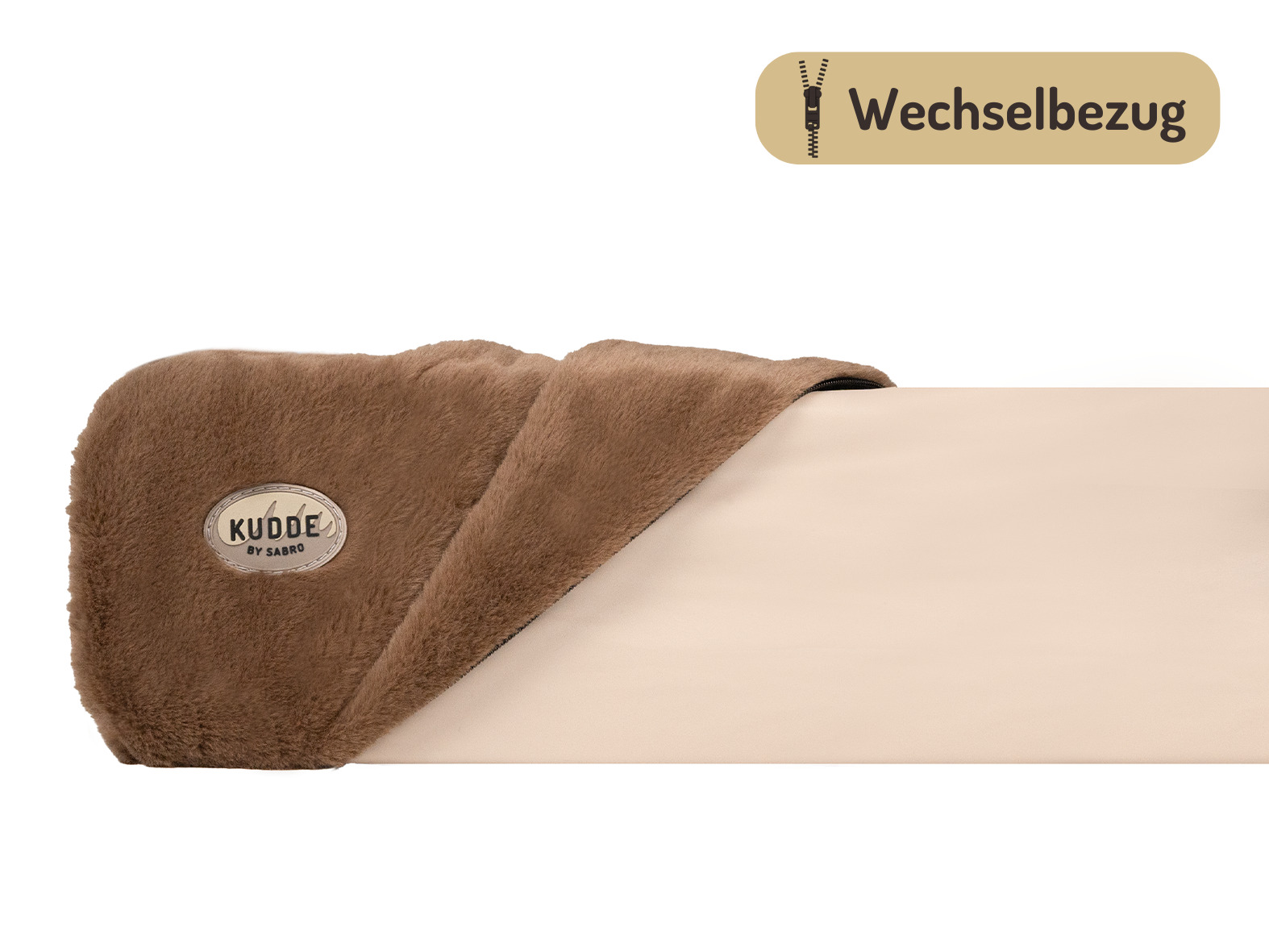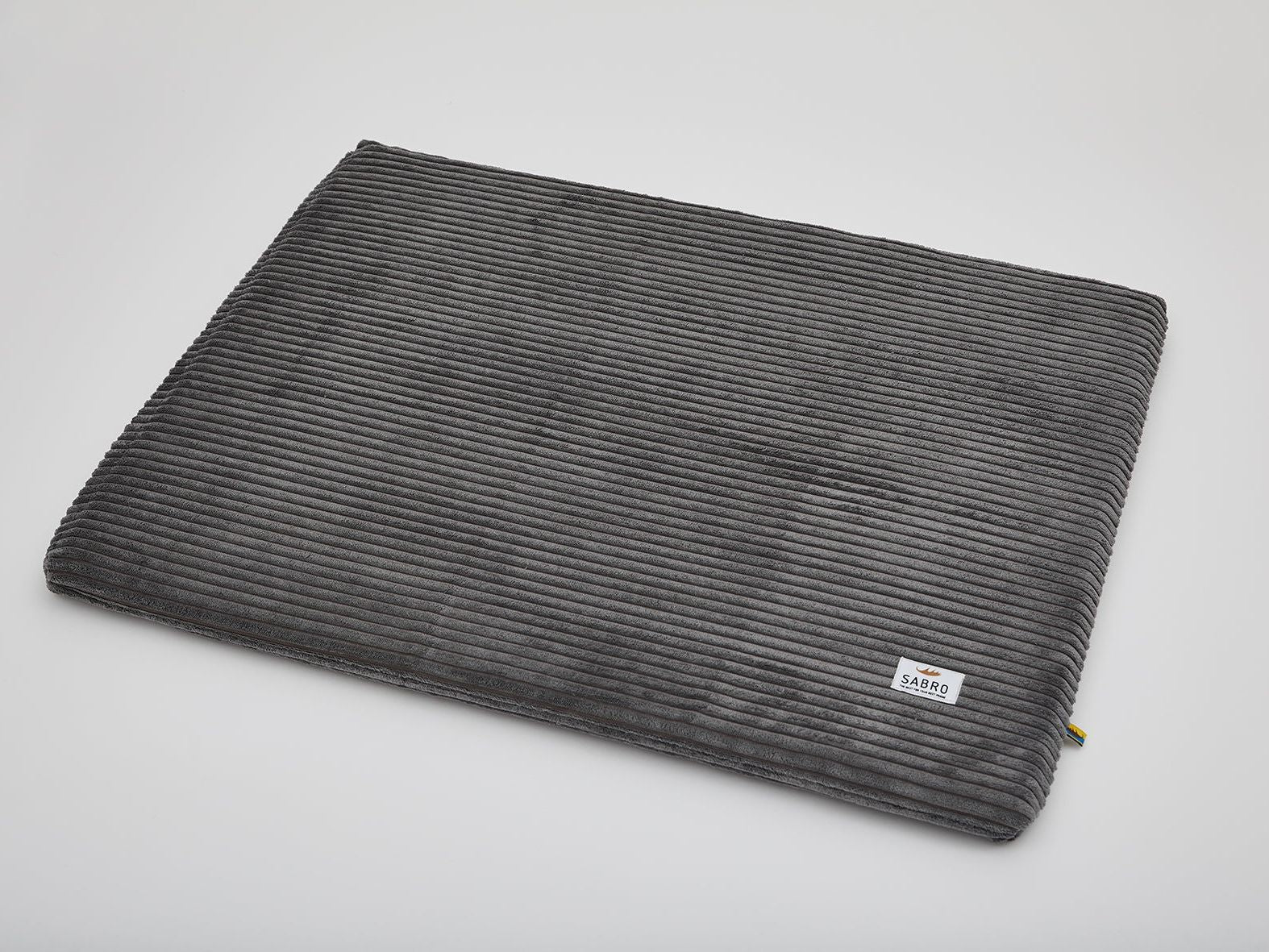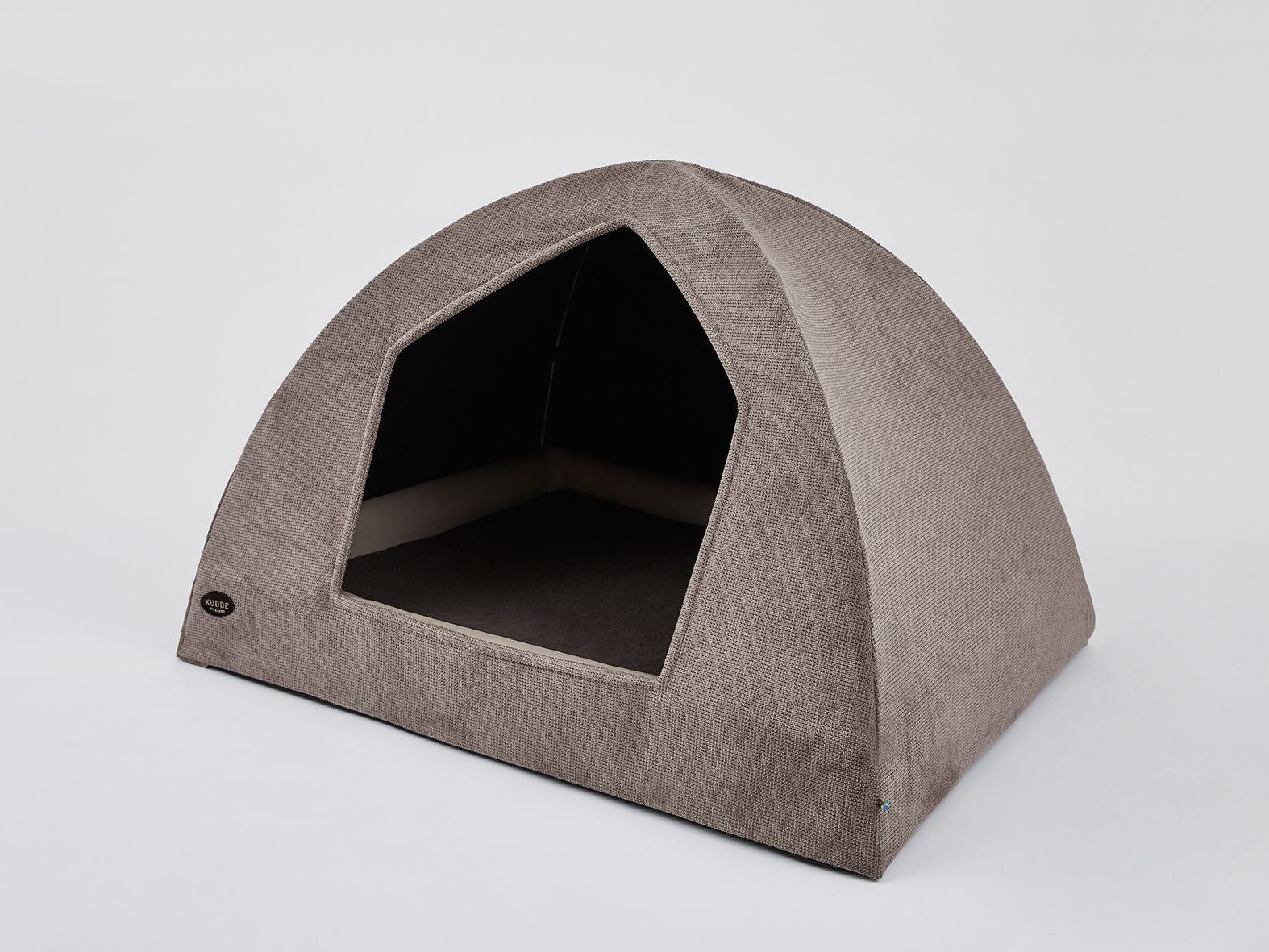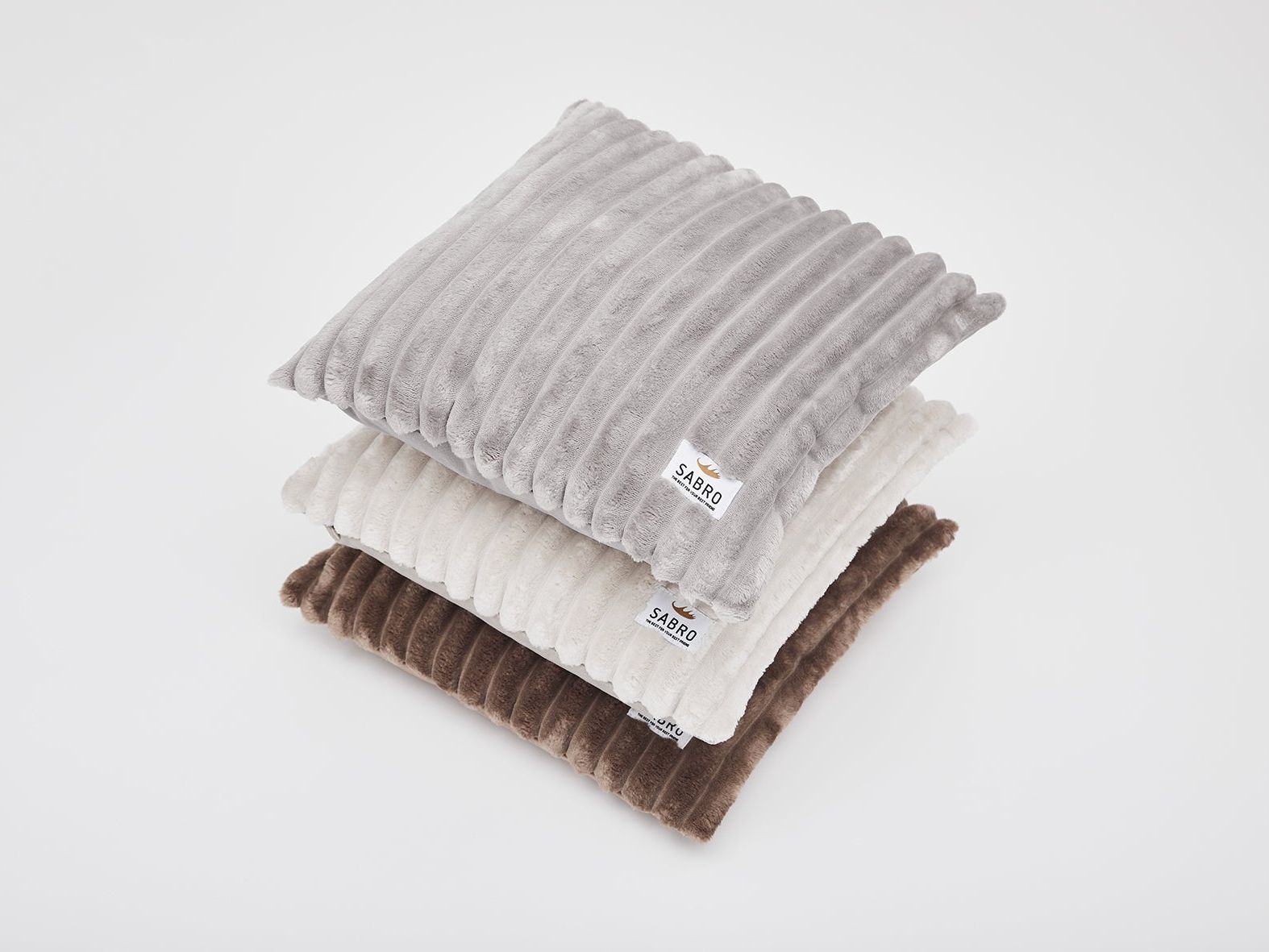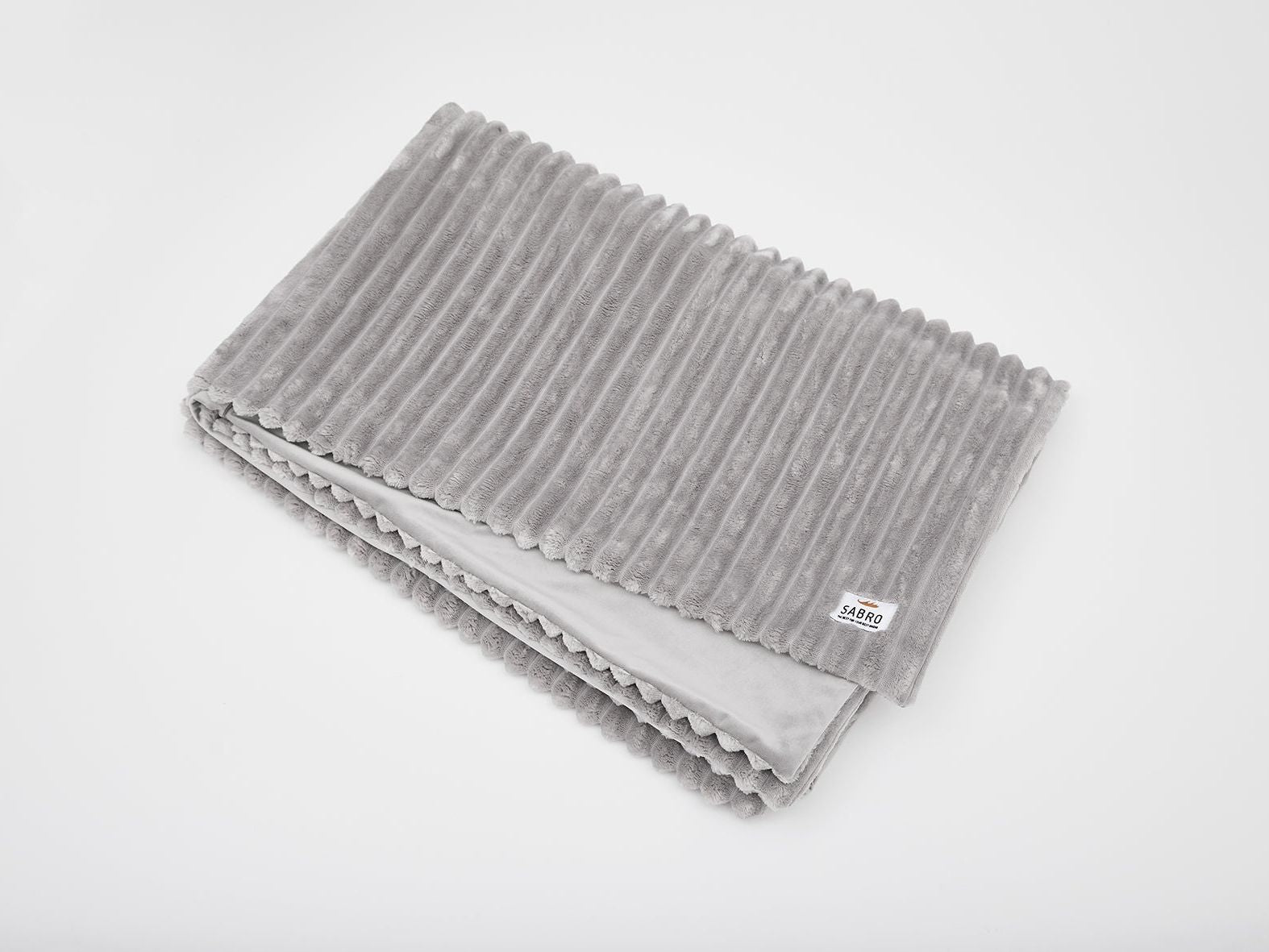Tips about dogs and children using the example of the school dog Liko
In times of the coronavirus pandemic, the number of new dog owners has increased significantly. There are also many families with children among them, because of course almost all the little ones want a dog and it is also something very nice when children can grow up with animals.
When living together with a "predator" dog, however, there should be important rules that children should be taught from the outset, because unfortunately unpleasant incidents and bites often occur if these are not observed.
As a rule, the dog is not to blame here, but primarily its owner. Children should also not be left unattended with dogs, adults should always keep an eye on them.
Here we tell you what you should bear in mind if you want a dog to join your family and how to prepare children for it.
Included as a practical example: the school dog Liko, an Aussie-Labbie mix in training, who works with children in the classroom together with the trainee special needs teacher Sabrina.
What is a school dog anyway?
Let's ask Sabrina directly: "The use of a dog at school falls under the term animal-assisted pedagogy. This is a targeted, planned and structured intervention carried out by professional educators. The focus of the activity is on academic goals, pro-social skills and cognitive functions. The school dog regularly spends a certain amount of time in the classroom and in lessons. It is led by a teacher trained in educational dog use, in this case me. The dog is specially socialized and trained for use with people.
What does a school dog do?
Sabrina also has an answer to this: "Experience shows that social behavior, motivation, concentration, classroom climate and the desire to go to school are positively influenced by the presence of a school dog in the classroom. The presence of and contact with the dog increases the release of the happiness hormone oxytocin and reduces stress levels (hormone: cortisone). This allows pupils to concentrate better and learn in a more relaxed manner. The well-being of the pupils is increased, it influences the mood as well as the learning atmosphere and the associated classroom climate.
The school dog helps the pupils to engage in conversation: the threshold for making contact is lower and the dog offers a direct conversation starter. Even children who are on the fringes of the class community are integrated in this way, as the dog accepts all children unconditionally without reservation, which leads to a more positive self-perception.
Pupils who tend to be suspicious of other people transfer their relationship patterns and experiences to the teacher, but not to the dog and its accompanying teacher. This makes it easier to build a good teacher-student relationship and lays the foundation for successful teaching and education."
Children & dogs: This is Liko's everyday life at school
"Liko is employed at a special education and counseling center with a focus on emotional and social development. He comes to my class once a week. In the morning, he is used in lessons, and after the break there is a dog club. On this day, the pupils take on responsibility for various dog duties (sweeping, water bowl duty, etc.).
During the work phases, Liko creates a calm learning atmosphere and increases concentration and attention. It also promotes social interaction within the class and boosts the self-confidence of some pupils. Another aim of using Liko is to teach pupils to understand the rules. In the dog club, pupils learn how to handle dogs correctly. The correct handling of dogs minimizes the risk of accidents with dogs in everyday life.
A further aim of the Dog Club is the intensive examination of one's own body language and the body language of the dog. Furthermore, emotional and social skills are promoted in the dog club. By interacting with Liko, children with emotional and social difficulties learn consideration, sensitivity and socially appropriate forms of self-assertion. The dog's direct and immediate reaction gives the pupils direct feedback on their own behavior; if they act aggressively, for example, Liko immediately withdraws. Nevertheless, Liko is not vindictive. In the case of appropriate, non-aggressive behavior, the pupils receive direct positive feedback.
The pupils learn and experience empathic interaction through the dog. The rules of conduct learned in this setting can also be transferred to other situations. The use of Liko is noted in the class register and documented in an activity diary. I noticed very quickly that my class is more relaxed and calmer when Liko is there. He always puts a smile on the pupils' faces so that they look forward to Liko Day on Friday all week."
What do I need to bear in mind when bringing a dog to school?
Sabrina: "I am completing a training course with Liko, which consists of theory on various dog-related topics, practical dog training and the connection to the school and lasts one and a half years. Liko was chosen for his role as a school dog because he has a friendly nature and is non-aggressive. He is growing up in my family. It goes without saying that Liko is kept and used in accordance with all animal welfare regulations. Before Liko came to school, he was allowed to get to know all the rooms without children and the children had to learn a few rules."
It is also important that the dog has suitable accessories with him outside of his home. A rollable dog mat, for example, is ideal for ensuring a good resting place when out and about. Equally indispensable: a dog toy or cuddly toy that gives the dog the feeling of having a piece of home with him that he can playfully share with the children (but only if the dog signals this).
Important: children should definitely learn these top 10 dog rules
Children who sit in the classroom with a school dog must first learn a few school dog rules. These can also be applied to all other dogs and children. This is because children are often too careless when dealing with dogs because they are used to other people being more accommodating. Dogs, however, react in an unusual and different way. And if you take their toys away from them, they can become snappy. The same applies to rude disturbances, such as when they are sleeping. Children, who like to scare mom or dad, are confronted with a completely different situation with dogs. You should therefore prepare them well and take the time to explain to them what they are allowed to do with the dog and what the dog does not like. The schoolchildren of school dog Liko have a list of rules that we have adapted here for all children and dogs. Whether as a list of rules for the fridge magnet or using examples that children can understand ("You don't want your toys taken away from you either...") - make sure you prepare your child for the arrival of a dog in their life. This is the only way to avoid unwanted and unpleasant surprises.
The ten commandments for children with dogs:
- I don't take anything away from my dog (toys, food, chewing bones etc.)
- I never disturb my dog in his sleeping place
- My dog decides when to go and when to stay - I don't follow him around
- I have my food and my dog has his - I don't feed him without permission
- Only one person is allowed to stroke my dog at a time and only in his favorite places
- I don't scare my dog, I don't shout loudly and I move calmly and without rushing
- I am always kind to my dog and must not tease him, e.g. by pulling his ears or tail
- I always give treats with the flat of my hand and wash my hands thoroughly afterwards
- I ask an adult before I do a trick with my dog
- I always close my school bag and clear away my garbage and leftovers
Conclusion
Children and dogs are usually friends for life - if both stick to certain rules.
What experiences did you have when a dog came into your family? How did you prepare your children for it? We look forward to your comment.



